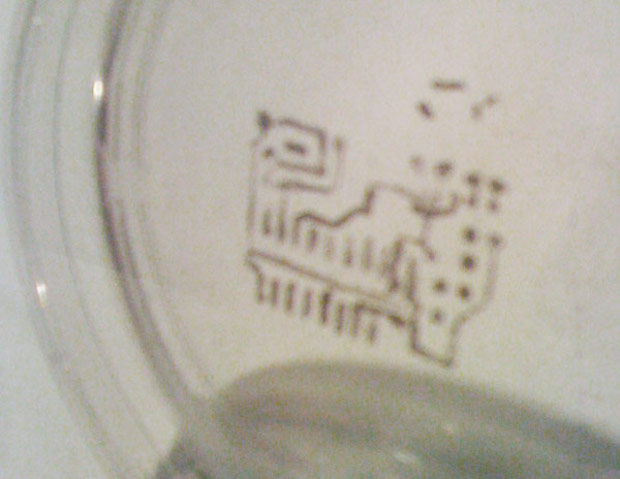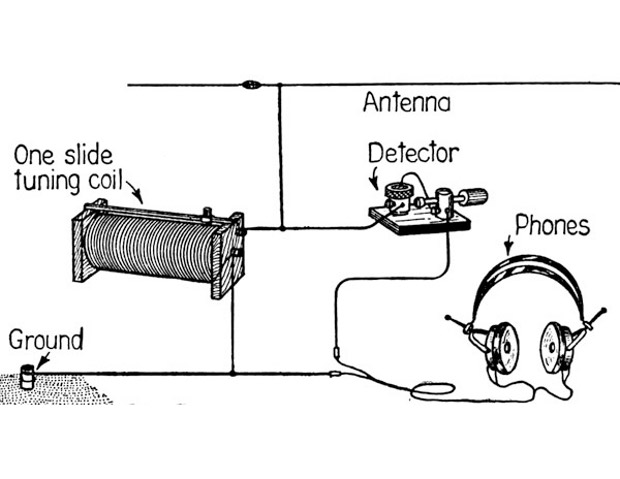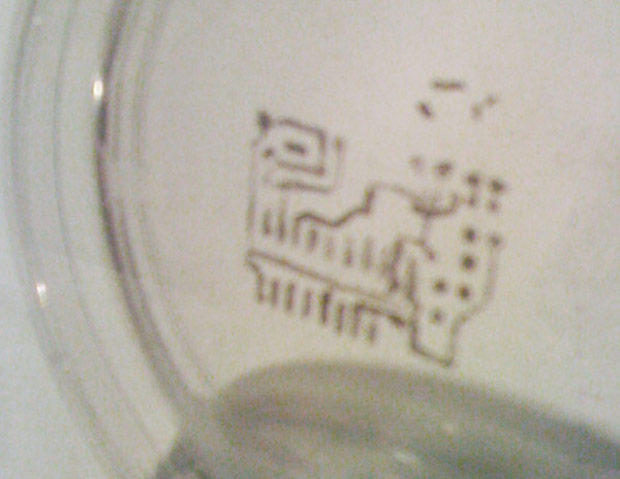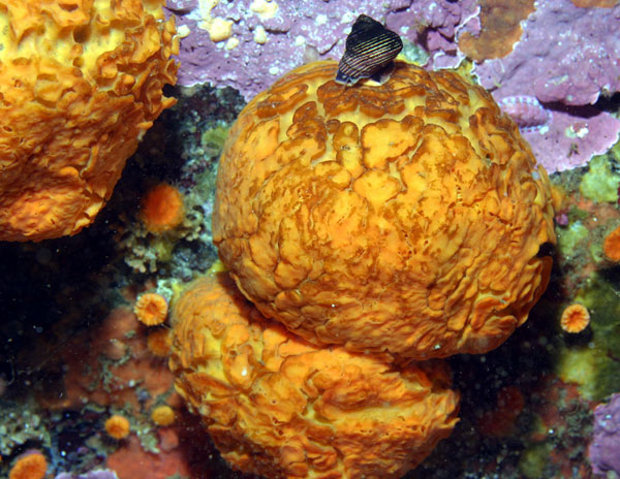Bacterial BioRadio
The principles of synthetic biology are inverted in this living crystal radio


Anyone remember building a crystal radio at school? Winding up lots of copper wire to tune into the crackly signal of AM radio, just about making out the shipping forecast? Can you imagine doing the same thing, but with an antennae built from bacteria? Well Joe Davis has used synthetic biology to beat you to it.
Synthetic Biology is an exciting scientific endeavour that reprograms life by approaching genetics from an electrical engineering perspective. DNA is treated like electrical circuits, allowing for precision genetic engineering of microbes. They can glow, and in some cases produce materials they never would have done in the wild (like spider-silk). Davis is toying with that logic and instead decided to build electrical circuits using microbes.
He reprogrammed his bacteria by splicing a gene commonly expressed in orange marine puffball sponges: a sea sponge with a slicon based skeleton. His bespoke bacteria are layered on a non conductive surface and submerged in water containing metal salts. The bacteria are programmed to metabolise on lighting cue, a little bit similar to the science of optogenetics. When optically stimulated the bacteria plate a circuit capable of receiving radio signals, using the genetic ability taken from the sea sponge.
Joe wilfully contrarian use of synthetic biology has earned his Bacteria Bioradio the Golden Nica in the hybrid arts category at Ars Electronica 2012, and the microbial receivers will be on display in Linz during August 2012.






Discussion